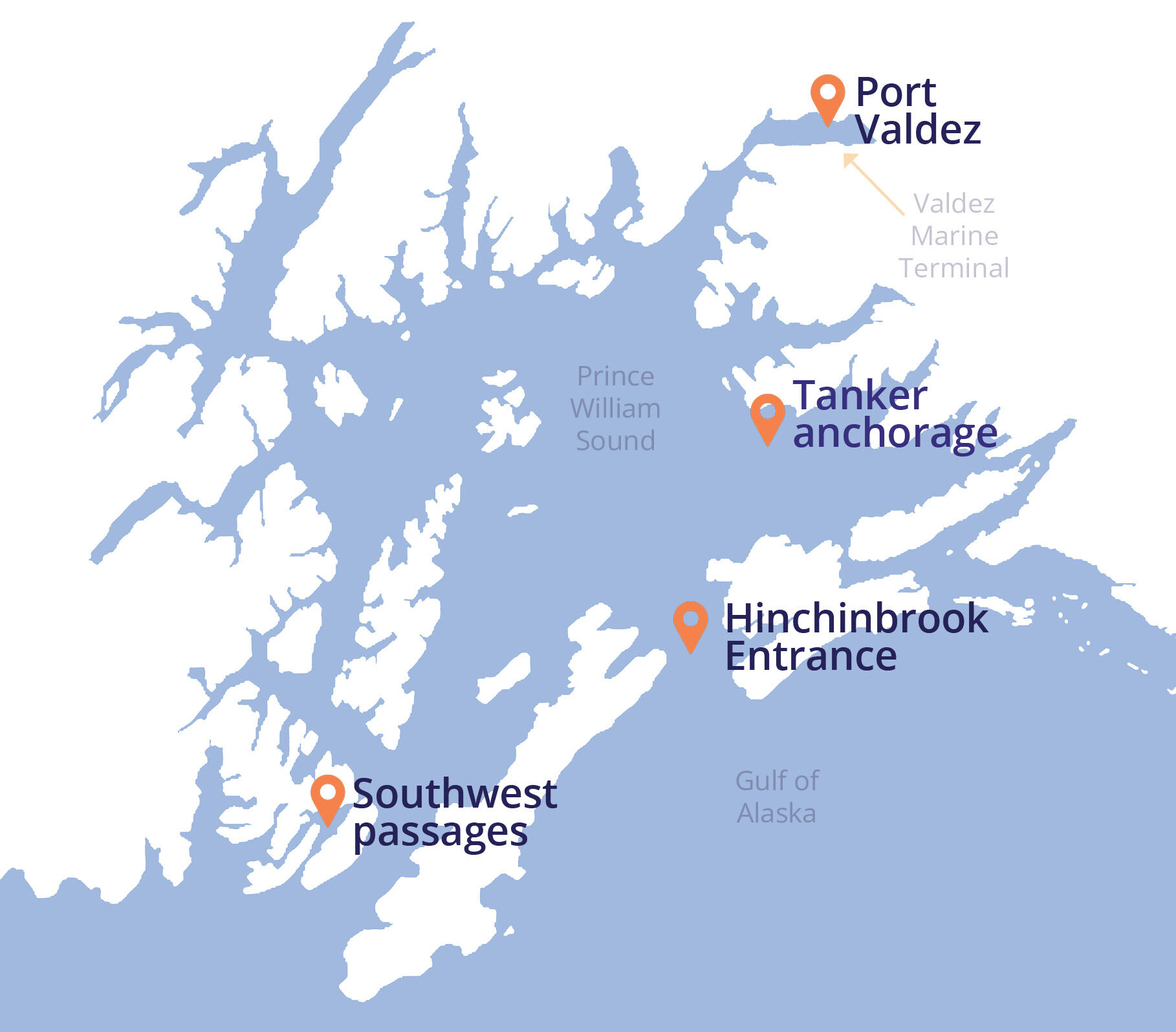New maps show winter hotspots for marine birds
Researchers have completed a new analysis that will help protect marine birds in Prince William Sound from oil spills. Anne Schaefer and Dr. Mary Anne Bishop from the Prince William Sound Science Center compiled data from surveys in Prince William Sound conducted during March between 2007-2014 and 2018-2023. These surveys documented numbers and locations of a variety of marine bird species. The researchers cross-referenced the compiled data, including locations, with activity related to the transportation of oil through Prince William Sound to identify hotspots where marine birds congregate.
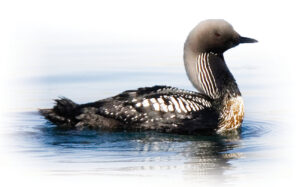
Why is this information important?
Alaska winters are difficult for many species to survive. The weather can be extreme, water is cold, days are short, and food can be scarce. Many birds migrate south, but some remain year-round. Mapping where these birds are concentrated and where they might encounter pollution from the oil transportation industry allows us to make sure plans are in place to protect these species in case of a spill.
What attracts birds to these areas?
Researchers noted in the report that birds tended to congregate in the more sheltered bays and estuaries. Some species were particularly drawn to regions where herring spawn, as that is an important food source.
Locations for protection
The researchers analyzed the survey data and noted four main locations that would benefit from protection: bays on either side of Hinchinbrook Entrance, northeast Prince William Sound near the tanker anchorage, the head of Port Valdez, and the narrow passages among the islands in southwest Prince William Sound.
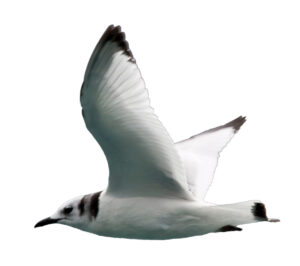
Why did researchers choose these particular marine bird hotspots?
Hinchinbrook Entrance
At the southern end of Prince William Sound are two islands, Hinchinbrook and Montague. Tankers pass between these two islands through a narrow waterway called Hinchinbrook Entrance. The bays on either side of the entrance are hotspots for multiple species, including marbled murrelets and pigeon guillemots. The local populations of these two species were badly damaged by the Exxon Valdez oil spill and have yet to fully recover.
Northeast Prince William Sound between Ports Fidalgo and Gravina
In this area, researchers found near-high to high densities of almost all of the groups of species. Researchers noted that recent fish surveys documented the area as an important spawning ground for Pacific herring. This location could be threatened by the nearby tanker anchorage at Knowles Head, which is also designated as a place where a tanker in distress can anchor during a response.
Port Valdez
While the whole port is important habitat, the extensive mudflats at the head of Port Valdez are particularly important for many marine species. Nearby infrastructure includes the Valdez Marine Terminal, a busy harbor, and a fuel dock.
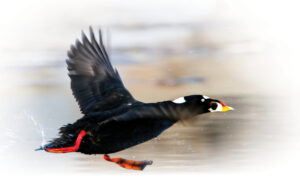
Southwest Passages
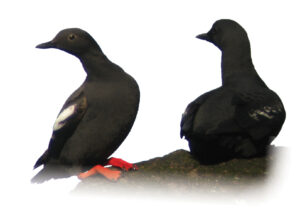
The passages between the small islands in southwest Prince William Sound are not particularly close to tanker activity, however the bays offer protection from the worst of the winter weather and many species can be found there. Many of these bays were heavily polluted with Exxon Valdez oil, remnants of which remain today below beach surfaces.
